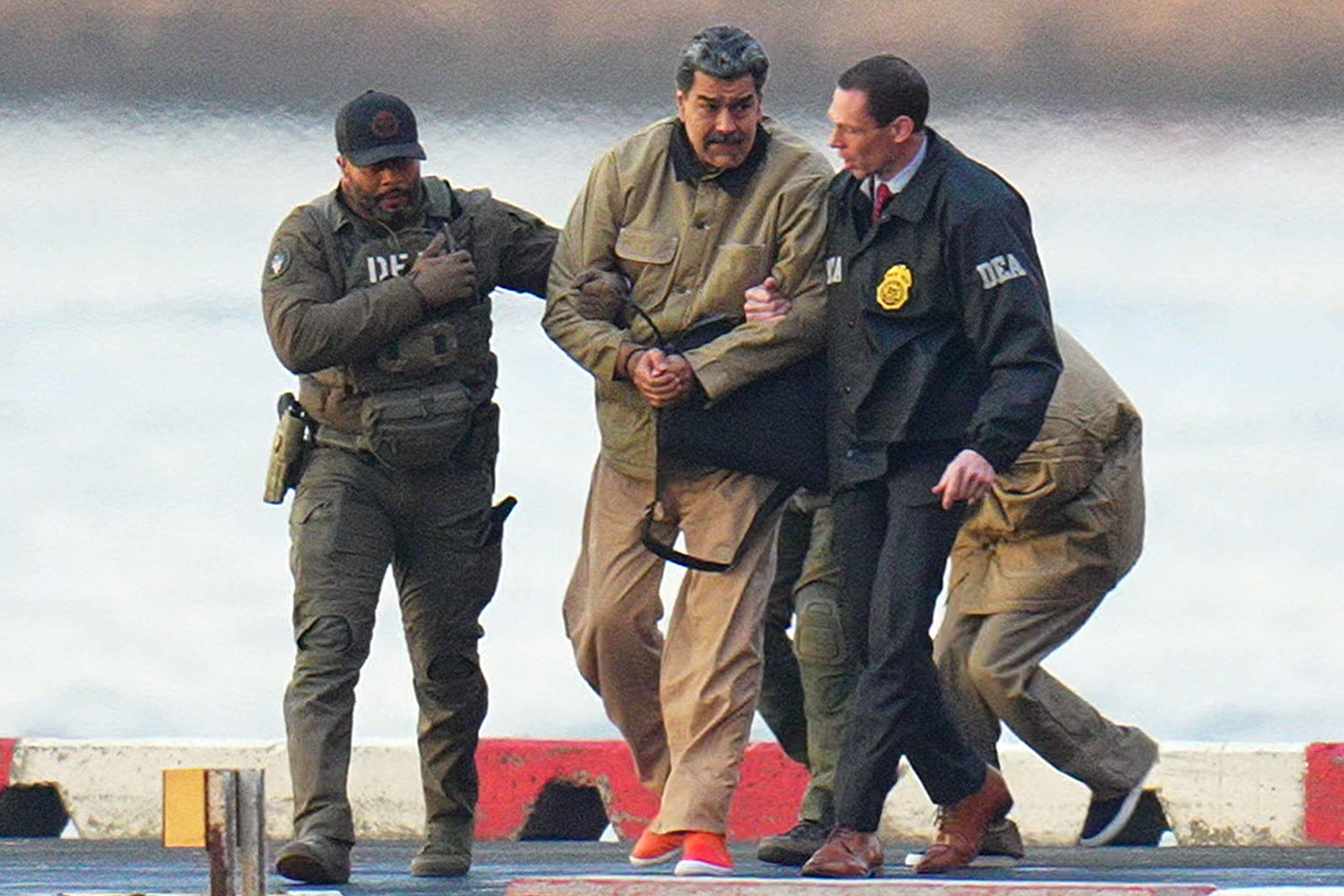Trump’s strike on Iran raises new questions about the limits of presidential war powers.
President Trump’s recent strikes on Iran’s nuclear facilities have drawn renewed attention to the War Powers Resolution – a law passed by Congress in 1973 to spell out how and when a president can use U.S. military force without prior approval from Congress.
The War Powers Resolution does not ban the use of force. It sets up a process for how it must be reported to Congress, how long it can continue without congressional authorization, and what steps Congress can take in response.
Here’s what the law says:
The 48-Hour Reporting Requirement
Whenever the president uses military force without prior congressional approval, they must submit a report to Congress within 48 hours. This report must include:
- The legal basis for the action
- The circumstances requiring the use of force
- The scope and expected duration of the deployment
The report does not require Congress to vote. It’s a notification, not a request for approval
The 60-Day Shot Clock
Once the 48-hour report is submitted – or once it should have been submitted – a 60-day clock begins.
If Congress doesn’t vote to approve the mission, the president has to bring U.S. forces home within 60 days.
There’s a one-time, 30-day extension allowed if the president certifies in writing that continued engagement is necessary for troops’ safety.
Fast-Track Authorization
Once the president submits a 48-hour report, Congress must introduce a bill within 30 days to authorize the continued use of military force.
The House Foreign Affairs and Senate Foreign Relations Committees must report the bill by day 36, and it must receive a floor vote within three days after that.
If the bill fails to pass, the president must withdraw forces by the end of the 60 (or 90) day shot clock.
Fast-Track Withdrawal
Congress can vote to withdraw troops before the end of the 60-day window.
In the Senate, if a withdrawal bill is introduced, it must receive a floor vote within 18 days. Debate is limited to 10 hours, and then Senators must vote – no filibuster allowed.
There’s no similar rule or timeline for the House, but in practice they’re expected to take up withdrawal legislation quickly.
If the withdrawal bill passes, the president must terminate the deployment immediately. But even if it fails, the president is still bound by the 60-day shot clock.
This handy graphic lays it all out:

In Practice
Pursuant to the War Powers Resolution, President Trump submitted a report to Congress 48 hours after the strikes on Iran’s nuclear sites.
But this episode highlights a key weakness of the War Powers Resolution: the strikes are already over. The B-2 bombers were back home in Missouri long before Congress was officially notified of their deployment. And Israel and Iran have reportedly agreed to a ceasefire.
Since there is no ongoing military action, there’s nothing for Congress to vote on. House Speaker Mike Johnson seems to agree, saying, “I don’t think this is an appropriate time for a war powers resolution, and I don’t think it’s necessary.”
Former Rep. Lee Hamilton, a Democrat who co-chaired the Iraq Study Group and the 9/11 Commission, called the War Powers Resolution a “political tool” that “really does not work.”
But for now, the law remains on the books. Will the fallout from Operation Midnight Hammer result in a legislative change?
Related
Peyton Lofton
Peyton Lofton is Senior Policy Analyst at No Labels and has spent his career writing for the common sense majority. His work has appeared in the Washington Examiner, RealClearPolicy, and the South Florida Sun Sentinel. Peyton holds a degree in political science from Tulane University.





You must be logged in to post a comment.